Reviews
Shadows Over The East Coast: 1 In 10 Admit To Serious Mental Health Issues
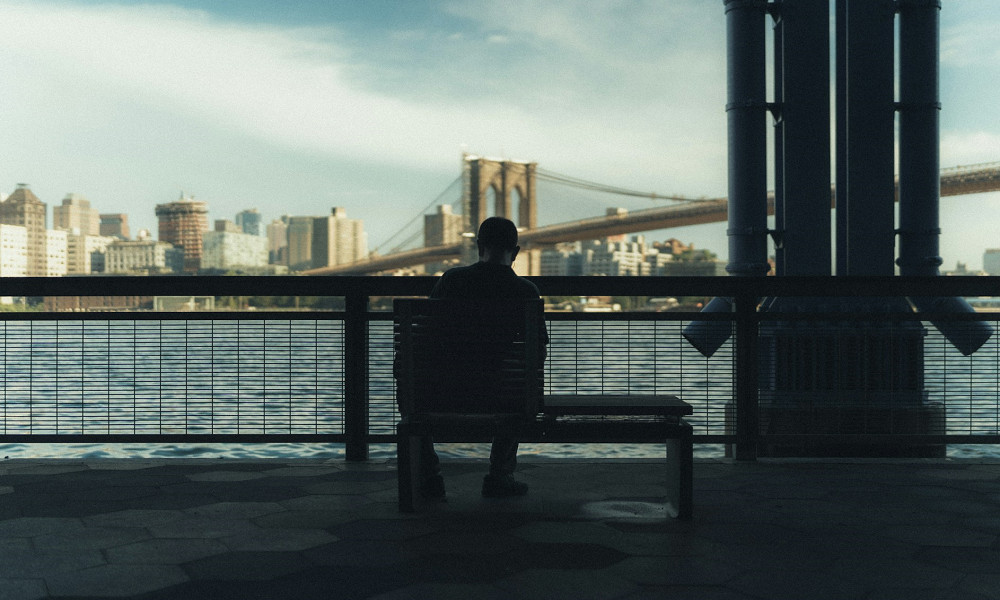
Behind the glitz of New York’s skyscraper and Washington D.C.’s grand public buildings lies a deep and abiding mental health crisis. Many citizens of the upper East Coast are struggling with economic decline and spiritual malaise that’s hard to define. According to new data, serious adult mental health issues affect more than 10% of adults at any given time, with more than half of grown-ups experiencing some sort of challenging episode during the course of their lives.
Now, in November 2025, health experts are calling for broad action to tackle the issue. Poor mental health is responsible for more suffering and lost productivity than almost anything else, representing a real crisis for those who govern the region.
The Big Picture On The East Coast
The East Coast is home to more than 120 million Americans and is the most populous region of the country. It’s also the most economically active, with tens of millions of people going to work every day and contributing to their community.
But despite the area’s wealth and economic dynamism, cities like Boston, Philadelphia and New York remain beset with public health issues. Research by reputable institutions, like Johns Hopkins, finds that nearly 1 in 10 people experienced some sort of mental health crisis in the past year, particularly among those with limited access to the right interventions.
“The need for mental health services is profound on the East Coast,” explains Manhattan Mental Health Counseling. “So many people in urban hubs are living quiet lives of desperation but don’t have the tools to manage their symptoms.”
New York is actually one of the top performers when it comes to mental health provision in the region, according to MHA’s annual report, along with nearby New Jersey. Mental health crisis rates are lower in these regions than elsewhere, according to surveys.
However, political changes are putting these hard-won gains in jeopardy. Policy decisions from the current administration could undo the progress that’s been made so far, leading to a return to the old situation.
The good news is that improvements in mental health appear to be sustained on the East Coast. The situation isn’t rosy, but it isn’t a complete disaster, either. MHA survey statistics suggest that major depressive episodes among teenagers may have dropped by around 2.7%, a major victory for officials and mental health service providers.
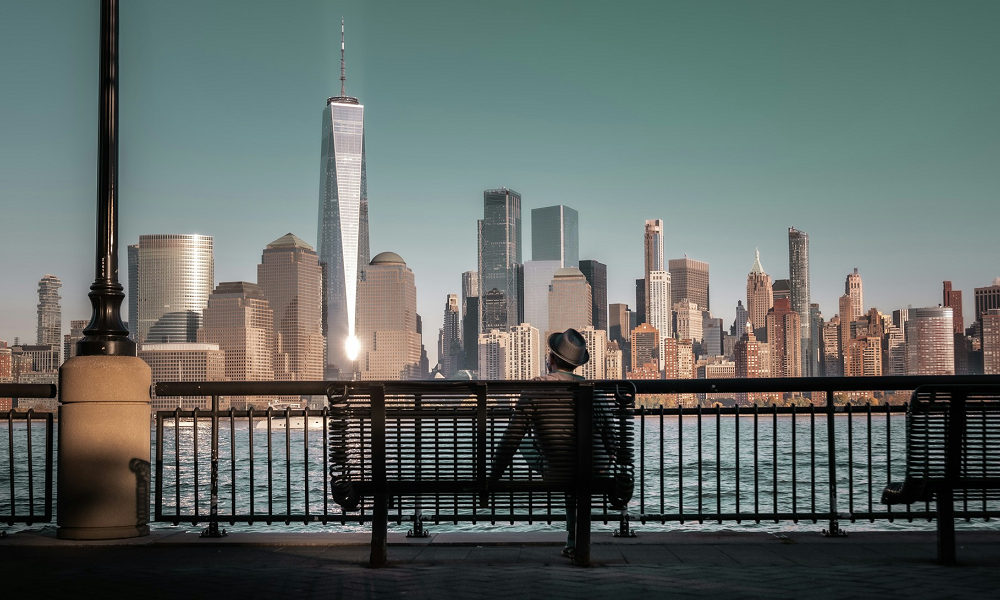
Income inequality and drifting gentrification remain significant risks, but these headwinds aren’t having the same effects as they did in generations gone by. Superior support for people who are suffering is having a significant impact. Rates of symptoms like suicidal ideation and seasonal affective disorder are coming down, especially as people now have access to tools like AI and professional clinics.
For people of working age on the East Coast, the story is a little different. For these individuals, the grind of working life is more relentless, and many are working longer hours than ever before, trying to please employers who are never satisfied.
According to studies, around 40% of employed adults operating in New York City worry about employment stability. Given the cost of living in the area, many can’t afford to go without a paycheck for longer than a month or so.
Furthermore, AI disruptions are threatening many white-collar jobs. Companies are looking to replace people who do simple, repeatable tasks with software that automates their activities and does them with fewer errors.
In Philadelphia, the opioid crisis is most acute. While overdose deaths are falling, Johns Hopkins notes that underdiagnosis may be becoming more of an issue. Medical professionals simply don’t know how many people are living with depression and not seeking treatment. Many have perceptual barriers to getting help, including price, stopping them from living the fulfilling lives they want.
“Many adults on the East Coast just don’t feel comfortable coming forward,” says Manhattan Mental Health Counsell. “Even though things are improving, there’s still some stigma associated with mental health issues, making them harder to talk about.”
In many locations across the East Coast, people are simply uninsured so they can’t access healthcare at the rates they’d like. In parts of rural Maine, for instance, the population of people without any cover is over 9%, meaning that a vast number of adults who need support can’t get it.
Now there’s a move to ensure that this type of healthcare becomes more accessible. Given its importance in people’s lives, the push for equitable services is growing, and an increasing number of people are taking full advantage of it.
“The brightest spot in all of this is that more Americans than ever before are taking their mental health seriously,” explains Manhattan Mental Health Counseling. “People are telling us that they are including mental health in their New Year’s resolutions, and that is something we expect to see more of in 2026.”
US Society
The fact that mental health is becoming normalized is a step on the rung of progress, but it isn’t the whole hog. As a country, America remains among the harshest of its people. If someone is failing in this country, it is their fault, and nobody else’s. They didn’t work hard enough, try hard enough, or do enough just to get by.
With Thanksgiving just around the corner and tables groaning under the weight of turkeys, the East Coast is at a crossroads in terms of mental health. Economists believe that the local economy loses around $1 trillion annually to mental health issues and untreated conditions, putting a figure on the size of the issue. Policymakers wanting to solve these issues should look at ways to make the US more amenable to well-being as a culture, perhaps following European models or taking cues from countries where even ordinary people have dignity, including those in Asia and South America. Whether these changes will come soon enough for those affected right now remains to be seen. With so much suffering, one can only hope.

-
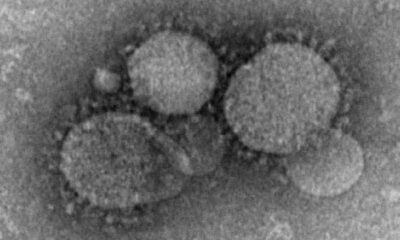
 Health1 week ago
Health1 week agoFrance confirms 2 MERS coronavirus cases in returning travelers
-

 Health1 week ago
Health1 week ago8 kittens die of H5N1 bird flu in the Netherlands
-
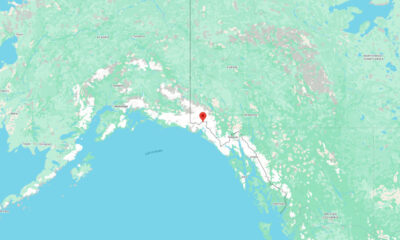
 US News5 days ago
US News5 days agoMagnitude 7.0 earthquake strikes near Alaska–Canada border
-

 Entertainment1 week ago
Entertainment1 week agoJoey Valence & Brae criticize DHS over unauthorized use of their music
-

 US News1 week ago
US News1 week agoFire breaks out at Raleigh Convention Center in North Carolina
-

 Legal6 days ago
Legal6 days agoWoman detained after firing gun outside Los Angeles County Museum of Art
-

 Legal2 days ago
Legal2 days agoShooting at Kentucky State University leaves 1 dead and another critically injured
-
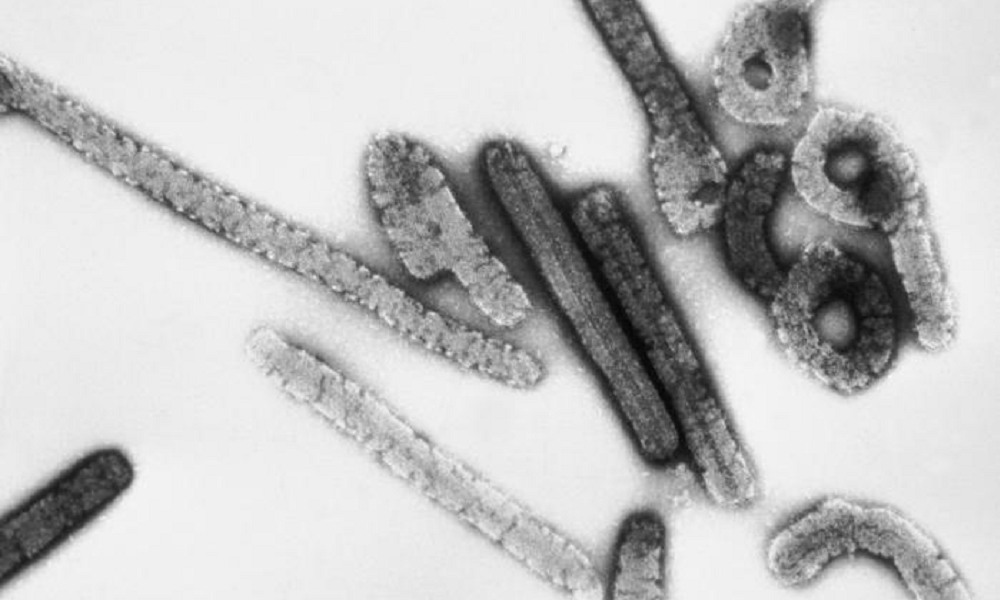
 Health1 week ago
Health1 week agoEthiopia reports new case in Marburg virus outbreak




